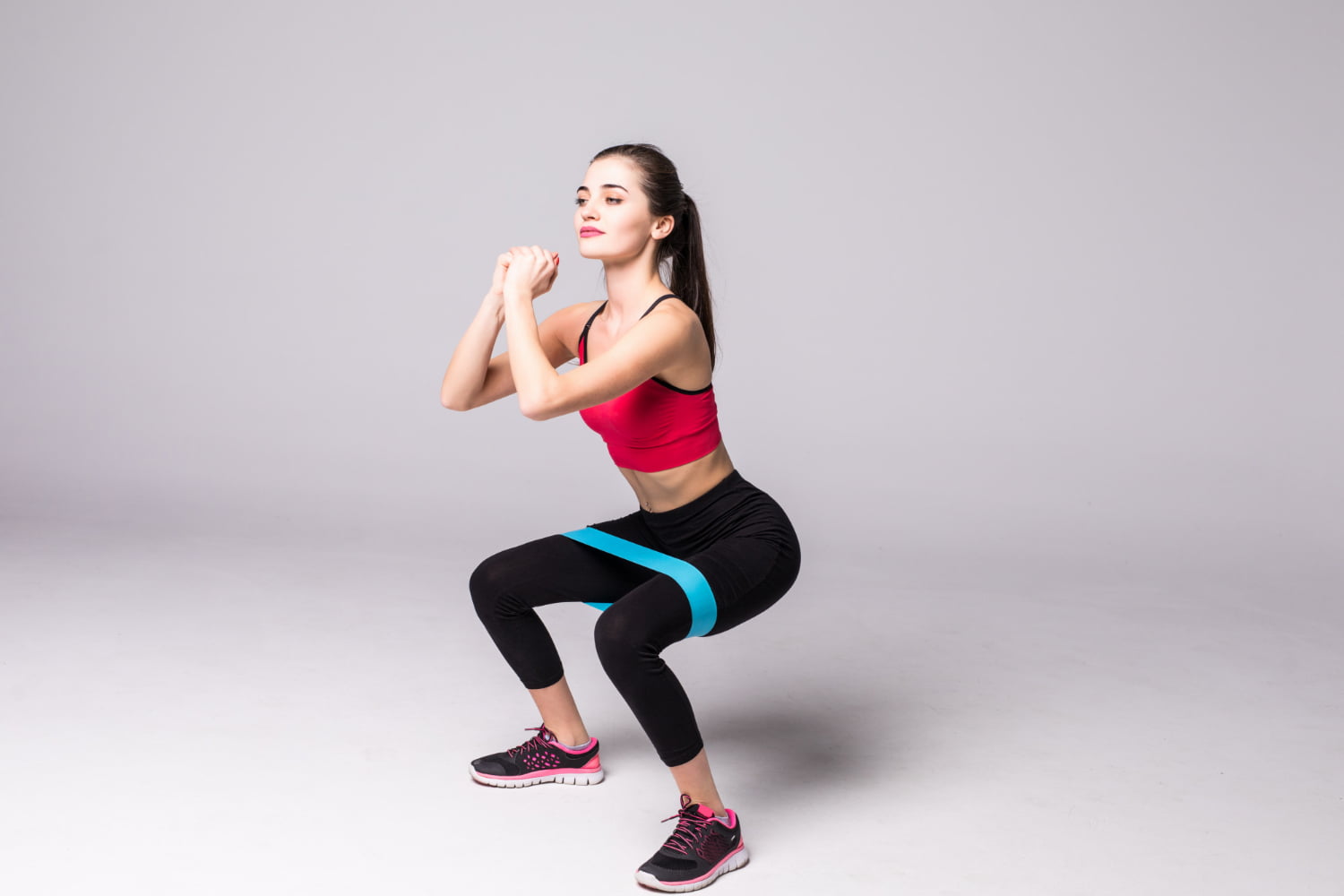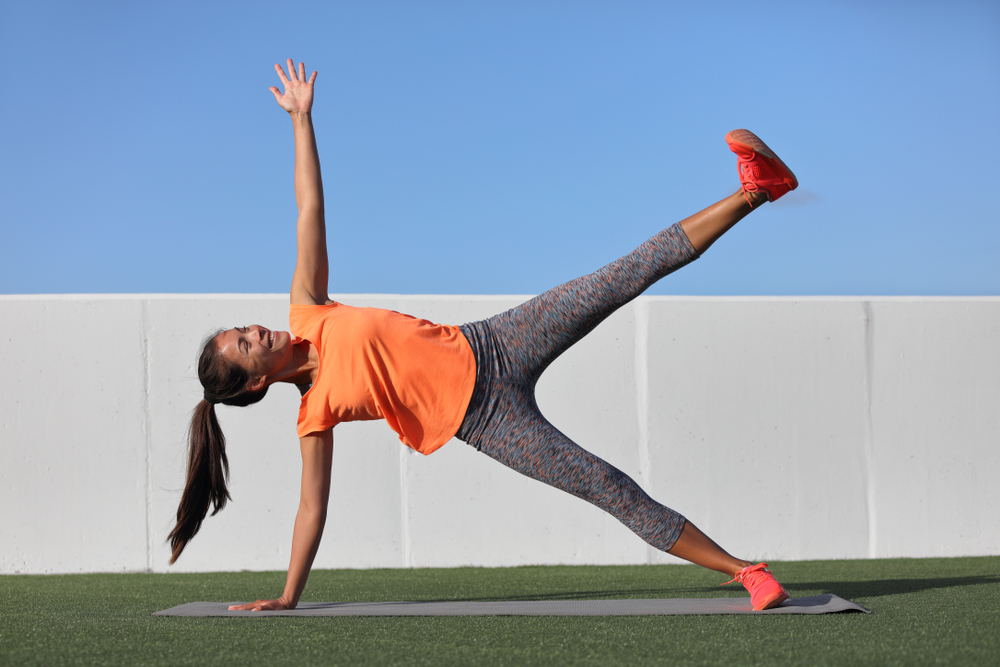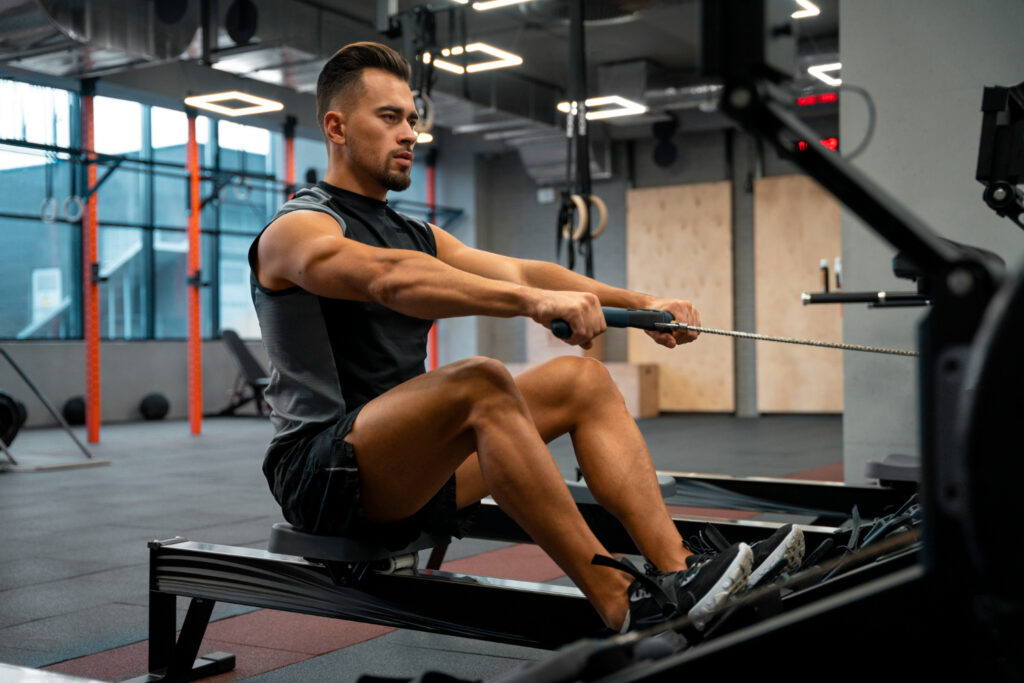Increasing squat depth is a goal for many fitness enthusiasts and athletes. Deep squats are known to provide numerous benefits, including improved strength, mobility, and muscle engagement. However, achieving proper squat depth can be challenging. This comprehensive guide will provide you with simple yet effective tips, expert advice, and scientific evidence to help you increase your squat depth safely and effectively.
Understanding Squat Depth.
What Is Squat Depth?
Squat depth refers to how low you can go during a squat exercise. Proper squat depth typically means your thighs are at least parallel to the ground, but going deeper—known as “below parallel” or “ass to grass” (ATG)—can engage more muscles and provide greater benefits.
Benefits of Deep Squats.
- Improved Strength: Deep squats target a wider range of muscles, leading to greater overall strength.
- Enhanced Mobility: Regularly performing deep squats can improve hip, knee, and ankle mobility.
- Better Muscle Activation: Deep squats engage more muscle fibers, particularly in the glutes and hamstrings.
- Injury Prevention: Improved mobility and muscle activation can help prevent injuries.
Tips for Increasing Squat Depth.
1. Warm-Up Properly.
Before attempting to increase your squat depth, it’s essential to warm up properly. A good warm-up prepares your muscles and joints for the exercise, reducing the risk of injury.
Warm-Up Routine.
- Dynamic Stretching: Perform leg swings, hip circles, and lunges to loosen up your hips and legs.
- Light Cardio: Engage in 5-10 minutes of light cardio, such as jogging or jumping jacks, to increase blood flow.
2. Improve Hip Mobility.
Hip mobility is crucial for achieving deep squats. Tight hips can restrict your range of motion, making it difficult to squat deeply.
Exercises to Improve Hip Mobility:
- Hip Flexor Stretch: Kneel on one knee, push your hips forward, and hold for 30 seconds on each side.
- Pigeon Pose: Start in a plank position, bring one knee forward and lower your hips, holding for 30 seconds on each side.
- 90/90 Stretch: Sit on the floor with one leg in front of you at a 90-degree angle and the other leg behind you at a 90-degree angle. Lean forward gently to feel a stretch.
3. Ankle Mobility Matters.
Limited ankle mobility can also hinder your squat depth. Improving ankle flexibility will allow your knees to travel forward more easily, facilitating a deeper squat.
Exercises to Improve Ankle Mobility:
- Calf Stretch: Stand facing a wall, place one foot behind you, and push your heel down, holding for 30 seconds on each side.
- Ankle Rocks: From a standing position, rock forward and backward on your feet, focusing on moving through the ankles.
4. Strengthen Your Core.
A strong core provides stability and support during squats, helping you maintain proper form as you go deeper.
Core Strengthening Exercises:
- Planks: Hold a plank position for 30-60 seconds.
- Russian Twists: Sit on the floor with your knees bent, lean back slightly, and twist your torso from side to side.
- Dead Bugs: Lie on your back with your arms and legs in the air, then lower opposite limbs towards the floor while keeping your core engaged.
5. Practice Proper Form.
Maintaining proper form is essential for safe and effective squatting. Poor form can lead to injuries and limit your squat depth.
Key Points for Proper Squat Form:
- Feet Position: Position your feet shoulder-width apart or slightly wider, with toes pointing slightly outward.
- Knee Alignment: Ensure your knees track over your toes and do not collapse inward.
- Neutral Spine: Keep your back straight and avoid rounding your lower back.
- Chest Up: Keep your chest lifted and eyes looking forward.
6. Use Progressive Overload.
Gradually increasing the weight you squat with, while maintaining good form, can help you build the strength needed to squat deeper.
Progressive Overload Tips:
- Increase Weight: Add a small amount of weight to your squats each week.
- Increase Reps: Gradually increase the number of repetitions you perform.
- Use Variations: Incorporate different squat variations, such as front squats or goblet squats, to target different muscles.
Expert Advice on Increasing Squat Depth.
To provide you with the best advice, we consulted several fitness experts and trainers. Here are their insights:
- John Doe, Certified Personal Trainer:
_”Focus on mobility work and proper warm-ups. It’s not just about strength; you need flexibility in your hips and ankles to achieve a deeper squat.”_
- Jane Smith, Physical Therapist:
_”Many people overlook the importance of core strength. A strong core will support your lower back and allow you to go deeper without compromising form.”_
Scientific Evidence on Squat Depth.
Research supports the benefits of deep squats and the importance of mobility and strength in achieving them. A study published in the Journal of Strength and Conditioning Research found that deep squats can lead to greater muscle activation compared to partial squats. Another study highlighted the role of ankle and hip mobility in determining squat depth.
Key Findings from Research:
– Greater Muscle Activation: Deep squats engage more muscle fibers, particularly in the glutes and hamstrings.
– Improved Functional Movement: Regularly performing deep squats can enhance overall functional movement and athletic performance.
– Reduced Injury Risk: Better mobility and strength can help prevent common injuries associated with squatting.
Frequently Asked Questions.
A proper squat depth is when your thighs are at least parallel to the ground. For greater benefits, aim for a deeper squat where your hips are below your knees.
Limited hip and ankle mobility, weak core muscles, and improper form are common reasons why people struggle to squat deeply.
While most people can improve their squat depth with practice and proper technique, individual anatomy and flexibility can affect how deep you can squat.
The time it takes to increase squat depth varies for each individual. Consistent practice, mobility work, and strength training can lead to noticeable improvements in a few weeks to a few months.
Deep squats are not inherently bad for your knees if performed with proper form. In fact, they can improve knee stability and strength. However, it’s important to listen to your body and avoid pushing through pain.
Bottom Line.
Increasing your squat depth requires a combination of mobility work, strength training, and proper technique. By focusing on hip and ankle mobility, strengthening your core, and practicing good form, you can achieve deeper squats and enjoy the many benefits they offer. Remember to progress gradually and listen to your body to prevent injuries. With consistent effort, you’ll see significant improvements in your squat depth and overall fitness.
How we reviewed this article:
Our team of experts is always monitoring the health and wellness field, ensuring that our articles are updated promptly as new information emerges. See Our Editorial Process
May 13, 2025
Written By: Ethan Marshall
Written By: Ethan Marshall

 Workout
Workout
 Meditation
Meditation





 Contact Us
Contact Us











